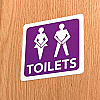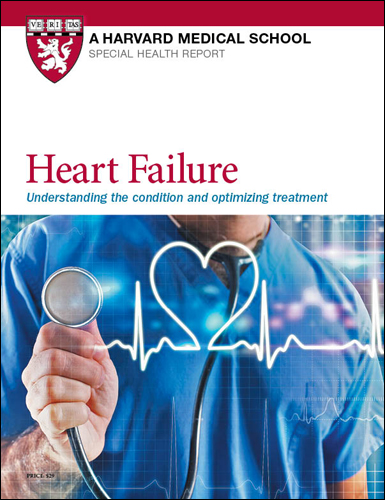Harvard Health Blog
Your resting heart rate can reflect your current and future health
- Reviewed by Howard E. LeWine, MD, Chief Medical Editor, Harvard Health Publishing; Editorial Advisory Board Member, Harvard Health Publishing

One of the easiest, and maybe most effective, ways to gauge your health can be done in 30 seconds with two fingers. Measuring your resting heart rate (RHR) — the number of heart beats per minute while you're at rest — is a real-time snapshot of how your heart muscle is functioning.
It's easy to do. Place your index and middle finger on your wrist just below the thumb, or along either side of your neck, so you can feel your pulse. Use a watch to count the number of beats for 30 seconds and double it to get your beats per minute. Repeat a few times to ensure an accurate reading. While a heart rate is considered normal if the rate is between 60 and 100 beats per minute, most healthy relaxed adults have a resting heart rate below 90 beats per minute.
All in the numbers
Your resting heart rate, when considered in the context of other markers, such as blood pressure and cholesterol, can help identify potential health problems as well as gauge your current heart health.
"In certain cases, a lower resting heart rate can mean a higher degree of physical fitness, which is associated with reduced rates of cardiac events like heart attacks," says Dr. Jason Wasfy, director of quality and analytics at Harvard-affiliated Massachusetts General Hospital Heart Center. "However, a high resting heart rate could be a sign of an increased risk of cardiac risk in some situations, as the more beats your heart has to take eventually takes a toll on its overall function."
In fact, research has found that a resting heart rate near the top of the 60 to 100 range can increase your risk for cardiovascular disease and even early death.
For example, a 2013 study in the journal Heart tracked the cardiovascular health of about 3,000 men for 16 years and found that a high resting heart rate was linked with lower physical fitness and higher blood pressure, body weight, and levels of circulating blood fats. The researchers also discovered that the higher a person's resting heart rate, the greater the risk of premature death. Specifically, an RHR between 81 and 90 doubled the chance of death, while an RHR higher than 90 tripled it.
While a low resting heart rate often suggests greater physical fitness, some situations can make your RHR too low, which may cause occasional dizziness or fatigue. "This may be the result of the electrical nodes of the heart aging, or not transmitting electrical signals correctly," says Dr. Wasfy. "You should report these symptoms to your health care provider."
Check your resting heart rate early and often
Dr. Wasfy recommends checking your resting heart rate a few times per week and at different times of the day. Keep in mind that the number can be influenced by many factors, including stress and anxiety, circulating hormones, and medications such as certain antidepressants and some blood pressure drugs.
Talk with your doctor if your resting heart rate is regularly on the high end. There are ways to lower it and keep it within its proper range. One example is keeping your cholesterol levels in check. High levels restrict blood flow through the arteries and damage blood vessels, which can make your heart beat faster than normal to move blood through the body.
Another reliable way to lower your resting heart rate is to exercise. "Even small amounts of exercise can make a change," says Dr. Wasfy. However, the intensity of the exercise is key. One study that involved 55-year-old adults found that just one hour per week of high-intensity aerobic training (about 66% of maximum effort) lowered RHR more efficiently than a low-intensity effort (33% of max effort).
Tips for measuring your resting heart rate
|
About the Author

Matthew Solan, Executive Editor, Harvard Men's Health Watch
About the Reviewer

Howard E. LeWine, MD, Chief Medical Editor, Harvard Health Publishing; Editorial Advisory Board Member, Harvard Health Publishing
Disclaimer:
As a service to our readers, Harvard Health Publishing provides access to our library of archived content. Please note the date of last review or update on all articles.
No content on this site, regardless of date, should ever be used as a substitute for direct medical advice from your doctor or other qualified clinician.













